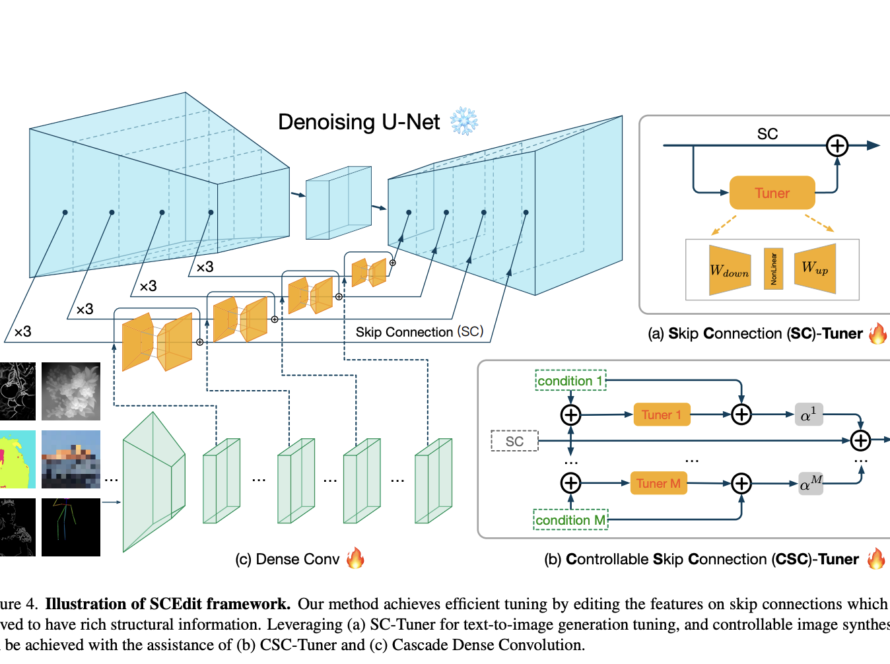FER is pivotal in human-computer interaction, sentiment analysis, affective computing, and virtual reality. It helps machines understand and respond to human emotions. Methodologies have advanced from manual extraction to CNNs and transformer-based models. Applications include better human-computer interaction and improved emotional response in robots, making FER crucial in human-machine interface technology.
State-of-the-art methodologies in FER have undergone a significant transformation. Early approaches heavily relied on manually crafted features and machine learning algorithms such as support vector machines and random forests. However, the advent of deep learning, particularly convolutional neural networks (CNNs), revolutionized FER by adeptly capturing intricate spatial patterns in facial expressions. Despite their success, challenges like contrast variations, class imbalance, intra-class variation, and occlusion persist, including variations in image quality, lighting conditions, and the inherent complexity of human facial expressions. Moreover, the imbalanced datasets, like the FER2013 repository, have hindered model performance. Resolving these challenges has become a focal point for researchers aiming to enhance FER accuracy and resilience.
In response to these challenges, a recent paper titled “Comparative Analysis of Vision Transformer Models for Facial Emotion Recognition Using Augmented Balanced Datasets” introduced a novel method to address the limitations of existing datasets like FER2013. The work aims to assess the performance of various Vision Transformer models in facial emotion recognition. It focuses on evaluating these models using augmented and balanced datasets to determine their effectiveness in accurately recognizing emotions depicted in facial expressions.
Concretely, the proposed approach involves creating a new, balanced dataset by employing advanced data augmentation techniques such as horizontal flipping, cropping, and padding, particularly focusing on enlarging the minority classes and meticulously cleaning poor-quality images from the FER2013 repository. This newly balanced dataset, termed FER2013_balanced, aims to rectify the data imbalance issue, ensuring equitable distribution across various emotional classes. By augmenting the data and eliminating poor-quality images, the researchers intend to enhance the dataset’s quality, thereby improving the training of FER models. The paper delves into the significance of dataset quality in mitigating biased predictions and bolstering the reliability of FER systems.
Initially, the approach identified and excluded poor-quality images from the FER2013 dataset. These poor-quality images included instances with low contrast or occlusion, as these factors significantly affect the performance of models trained on such datasets. Subsequently, to mitigate class imbalance issues. The augmentation aimed to increase the representation of underrepresented emotions, ensuring a more equitable distribution across different emotional classes.
Following this, the method balanced the dataset by removing many images from the overrepresented classes, such as happy, neutral, sad, and others. This step aimed to achieve an equal number of images for each emotion category within the FER2013_balanced dataset. A balanced distribution mitigates the risk of bias toward majority classes, ensuring a more reliable baseline for FER research. The emphasis on resolving these dataset issues was pivotal in establishing a trustworthy standard for facial emotion recognition studies.
The method showcased notable improvements in the Tokens-to-Token ViT model’s performance after constructing the balanced dataset. This model exhibited enhanced accuracy when evaluated on the FER2013_balanced dataset compared to the original FER2013 dataset. The analysis encompassed various emotional categories, illustrating significant accuracy improvements across anger, disgust, fear, and neutral expressions. The Tokens-to-Token ViT model achieved an overall accuracy of 74.20% on the FER2013_balanced dataset against 61.28% on the FER2013 dataset, emphasizing the efficacy of the proposed methodology in refining dataset quality and, consequently, improving model performance in facial emotion recognition tasks.
In conclusion, the authors proposed a groundbreaking method to enhance FER by refining dataset quality. Their approach involved meticulously cleaning poor-quality images and employing advanced data augmentation techniques to create a balanced dataset, FER2013_balanced. This balanced dataset significantly improved the Tokens-to-Token ViT model’s accuracy, showcasing the crucial role of dataset quality in boosting FER model performance. The study emphasizes the pivotal impact of meticulous dataset curation and augmentation on advancing FER precision, opening promising avenues for human-computer interaction and affective computing research.



